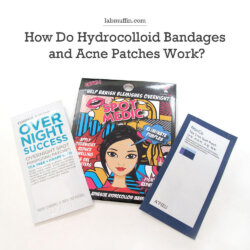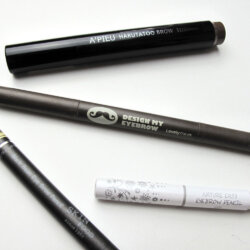How Do Hydrocolloid Bandages and Acne Patches Work?
An ugly pimple crops up on your face and you have an interview the next day? You could put a little tea tree oil or benzoyl peroxide on it, but the spot treatment of the moment are acne patches. Long gone are the days of trying to dry your pimples out with toothpaste and baking soda (both are irritating and …

